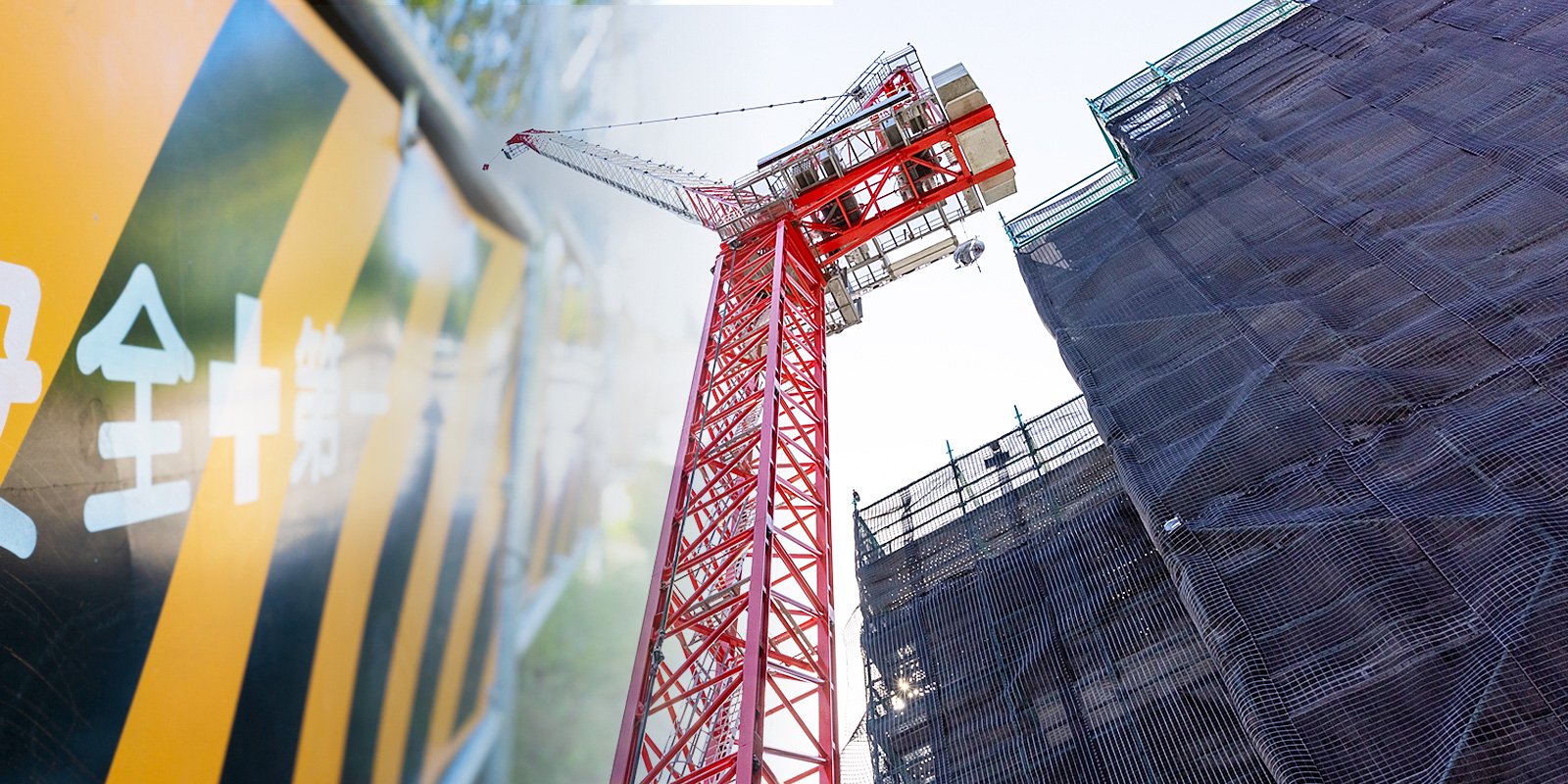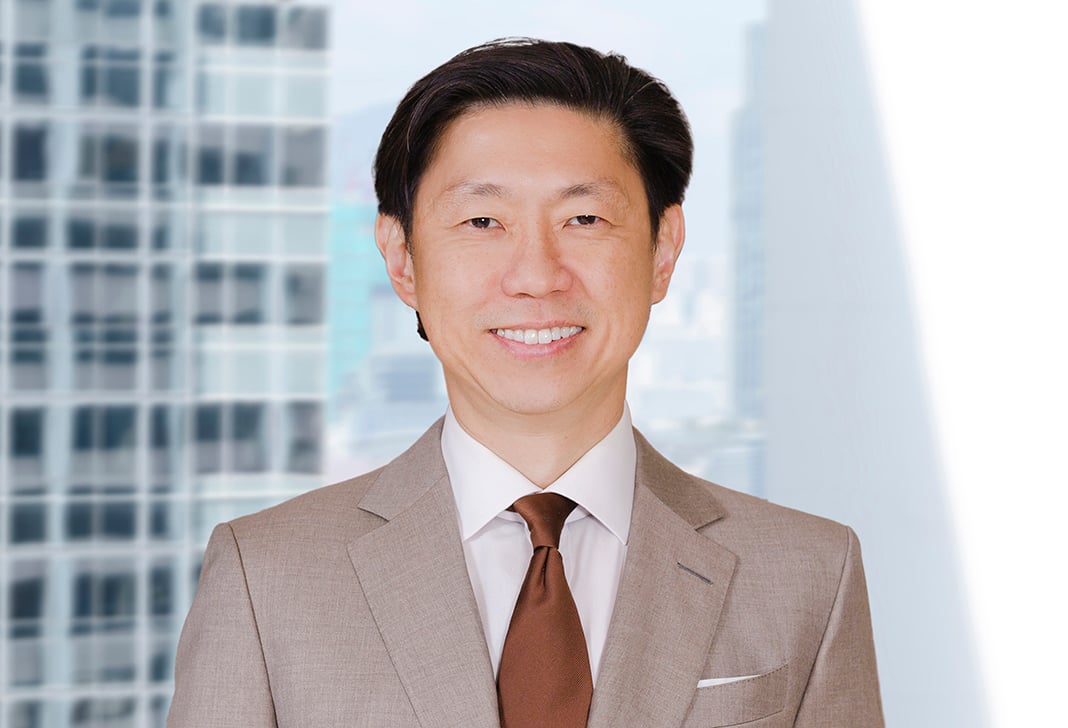
Overview of Japan's Amended Condominium Redevelopment Promotion Law
In Short
The Background: Japan faces a pressing need for the redevelopment of aging condominium buildings, particularly in urban areas, which has been difficult due to strict decision-making rules and limited redevelopment options under the previous legal framework. These constraints have slowed necessary renewal projects, raising safety and social concerns.
The Development: The 2025 amendments to the Act on Building Unit Ownership, effective April 2026, lower the approval threshold for redevelopment, introduce flexible redevelopment pathways, and broaden stakeholder participation in the project, while enhancing economic incentives. Local governments receive expanded authority to enforce redevelopment.
Looking Ahead: The amendments are expected to unlock stalled redevelopment projects and revitalize urban condominium markets. Real estate developers and investment funds will have new opportunities to structure and scale renewal projects.
Accelerating the Redevelopment of Aging Multifamily Condominiums in Japan
In May 2025, Japan enacted amendments to the Act on Building Unit Ownership and related legislations (the "Amendments"), with an effective date of April 1, 2026. Condominium buildings (kubun shoyu tatemono) house a significant share of urban residents. However, strict decision-making rules and other constraints under the prior framework have slowed redevelopment of deteriorating buildings—now a pressing social issue. The Amendments are intended to unlock stalled projects through the following measures:
- Eased approval thresholds for redevelopment;
- A wider range of redevelopment pathways and stronger economic incentives; and
- Expanded local government authorities to push necessary action.
Eased Approval Thresholds for Rebuilds and Other Actions
Redevelopment requires a resolution of the unit owners' meeting (a "rebuild resolution"). Previously, approval by 80% of both all owners and all voting rights was required. Under the Amendments:
- For buildings with insufficient seismic performance or other aging problems, under which the majority of aging condominiums fall, the approval threshold is reduced to 75%.
- For buildings damaged by earthquakes or similar disasters, the threshold is reduced to two-thirds.
These eased thresholds also apply to the additional redevelopment methods introduced under the Amendments.
Tenant relationships are streamlined. Where a unit is leased, prior law required separate consent from a tenant to terminate the lease. Now, the lease can be terminated if both of the following are met: (i) six months have elapsed from the rebuild resolution; and (ii) reasonable compensation is offered to the tenant.
Unreachable owners no longer block progress. If contact information for certain owners is unknown despite a manager's reasonable effort to detect it, the court can, upon application and decision, permit exclusion of such owners from both the total headcount and total voting-rights base for approval calculations.
More Redevelopment Pathways and Stronger Incentives
Historically, options were largely limited to full rebuild or sale of the site in the case of buildings with insufficient seismic performance, among other issues, with any other route requiring unanimous consent. The Amendments introduce several flexible pathways that can be selected to fit project realities:
- Rebuild;
- Sale of building and land;
- Demolition of the building and sale of the land;
- Demolition only; and
- Whole-building renovation.
Broader participation is now possible. Beyond existing unit owners, underlying landowners and even adjacent landowners can be brought into the redevelopment plan and receive unit ownership in the rebuilt condominium. This promotes alignment among stakeholders, facilitates participation of landowners of adjoining parcels, and can materially enhance project scale and value.
Economic incentives are stronger. For qualifying replacement of seismically deficient buildings—a common condition among aging stock—the existing floor-area ratio ("FAR") bonus regime is now complemented by relief from building height limits, further improving feasibility and returns.
Expanded Local Government Authorities to Enforce Redevelopment
As aging condominium structures can pose safety and public health risks (for example, falling facade materials), the Amendments empower local governments to enforce redevelopment. Authorities may:
- Collect reports and conduct on-site inspections of condominium buildings;
- Provide guidance and advice;
- Issue recommendations—where a building poses serious safety risks or potential health hazards, recommend rebuild or other redevelopment measures and refer experts; if managers fail to comply without good reason, the noncompliance may be publicly disclosed, and
- Petition the court to initiate a property management regime whereby a court-appointed administrator manages the condominium.
Four Key Takeaways
- The 2025 Amendments to Japan's Act on Building Unit Ownership, effective April 2026, are designed to accelerate the redevelopment of aging condominium buildings by lowering approval thresholds for a rebuild resolution, expanding redevelopment options while enhancing economic incentives, and expanded local government authorities to enforce redevelopment.
- Key reforms include reducing the required unit owners' approval for rebuild resolutions (to 75% for seismically deficient buildings and two-thirds for disaster-damaged buildings), streamlining tenant relationship management by terminating the lease timely upon the rebuild resolution, and allowing courts to exclude unreachable owners from approval calculations.
- The Amendments introduce flexible redevelopment pathways beyond full rebuilds, such as demolition, sale of land and building, and whole-building renovation, and enable participation by owners of the underlying land and adjacent landowners to enhance project scale and value. Relief from building height limits further enhances economic incentives of the existing FAR bonus regime.
- These Amendments are designed to restart redevelopment that has long been stalled. In dense urban cores—where assembling large greenfield sites has become increasingly difficult—the new framework opens compelling avenues for real estate developers and investment funds to source, structure, and scale condominium renewal projects with improved approval mechanics, expanded stakeholder participation, and enhanced planning incentives.



